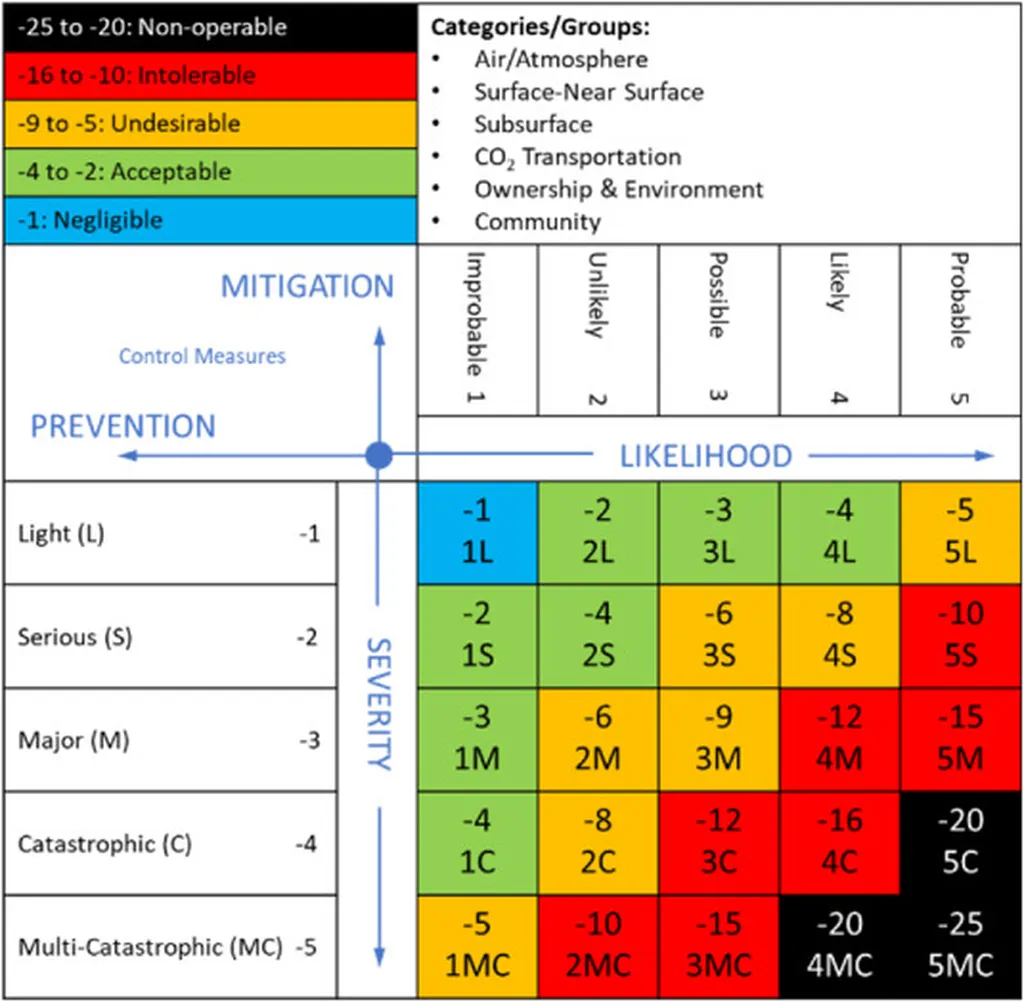In the ever-evolving landscape of geotechnical and geological engineering, a groundbreaking study led by Xingxing Wei from the School of Smart Construction and Energy Engineering at Hunan Institute of Engineering in Xiangtan, China, is set to redefine how we approach stratigraphic uncertainty. Published in the esteemed journal *Frontiers in Built Environment* (which translates to *Frontiers in the Built Environment*), this research introduces a novel method that promises to enhance risk assessment and decision-making in the energy sector and beyond.
The study addresses a longstanding challenge in the industry: accurately modeling complex stratigraphy, especially in heterogeneous settings with limited site data. Traditional methods often fall short in capturing the intricate and irregular patterns of sediment deposition, leading to unreliable risk assessments. Wei and his team have developed a solution that models stratigraphy as a categorical random field, using image warping to transform non-stationary random fields into stationary ones. This innovative approach not only facilitates fast and realistic stochastic simulation but also quantifies uncertainty with remarkable accuracy.
“We aimed to create a method that could handle the complexities of real-world stratigraphy while being computationally efficient,” Wei explained. “Our approach allows us to capture the nuances of sediment deposition patterns, providing a more reliable basis for risk assessment and decision-making.”
The implications for the energy sector are profound. Accurate stratigraphic modeling is crucial for oil and gas exploration, as well as for renewable energy projects like geothermal and wind farms. By quantifying uncertainty and providing more reliable simulations, this method can significantly reduce the risks associated with site selection and project planning. This, in turn, can lead to more efficient and cost-effective energy projects, ultimately benefiting both industry stakeholders and consumers.
The study’s validation through both synthetic and real-world cases further underscores its reliability and applicability. “Our method has been tested in various scenarios, and the results consistently demonstrate its effectiveness,” Wei noted. “This gives us confidence that it can be widely adopted in the industry.”
As the energy sector continues to evolve, the need for accurate and reliable stratigraphic modeling will only grow. This research by Wei and his team represents a significant step forward in meeting this need. By providing a more precise and efficient way to model stratigraphy, it paves the way for more informed decision-making and better risk management in the energy sector.
In the broader context, this research also highlights the potential of advanced computational methods in geotechnical and geological engineering. As technology continues to advance, we can expect to see even more innovative solutions that push the boundaries of what is possible in the field. This study is a testament to the power of interdisciplinary collaboration and the potential of cutting-edge research to drive progress in the built environment.

